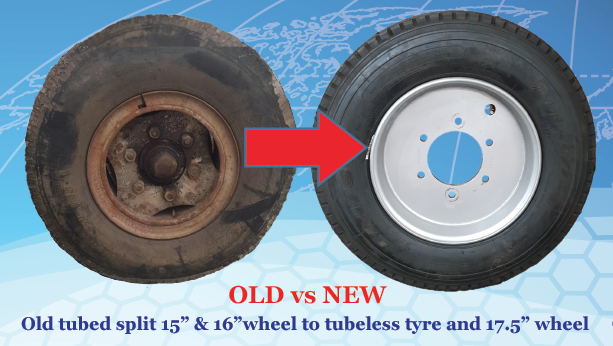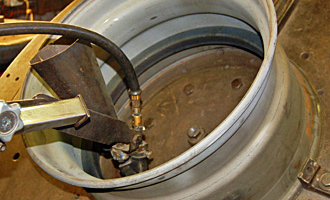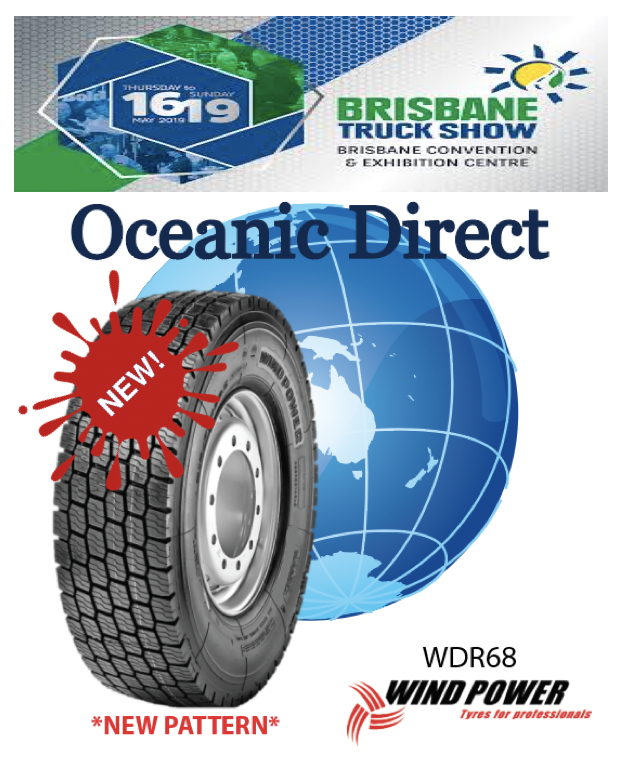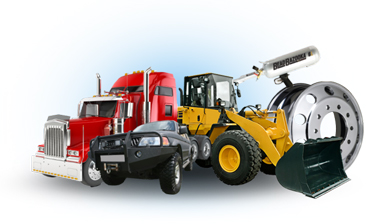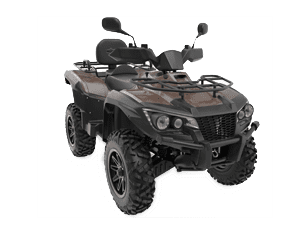
ATV owners have many options when it comes to choosing the right tyres. And selecting the right tyre is something that gives riders a headache. However, it’s not so difficult if you know what to look for.
There are a few things you should be aware of when looking to replace the tyres on your ATV. Selecting the wrong tyres can have safety, performance and fuel economy implications. In the long term it can also result in damage your ATV.
Read these tips, so that next time need to buy an ATV tyre, you have the right information at hand.

Many people assume tyre size is similar among ATVs with the same engine size but that is not the case. When buying tyres, you have to check the height, width, and sidewall of the tyre. You need to choose tyres with equal with the same dimensions as your existing tyres.
There are various tyre sizes and each of them has pros and cons:
Smaller Diameter Tyre: Smaller tyres reduce the overall speed and increase the engine RPM. This provides for quicker acceleration. A smaller diameter tyre provides a firmer but less flexible ride.
Larger Diameter Tyre: Larger tyres increase the overall speed but decrease both engine RPM and hole shot speed. If the tyre is too large it can cause the stress to other components of your ATV.
Wider Tyre: Wider tyres increase the amount of tread on the ground, which improves traction. When you use wider tyres, there is a high chance of suspension coming into contact with the parts of your ATV.
Narrow Tyre: Riding on the narrow tyre will decrease the amount of tread pattern contacting the ground, which is a negative factor.
Tread Design
There are various tread designs to choose from. The tread you use should be selected based on the terrain you ride on. Different tread types are designed to grip firm land, water, mud, sand, or snow in different ways to keep you safe in various conditions.
Here are some tips when selecting tread patterns and terrains.
Mud Tyres: These tyres are directional tyres that are designed to work in the mud. They have angled tread patterns to disperse the dirt instead of holding it inside the tread. Mud tyres have treads that are about 5 centimetres deep and are recognisable due to the wide tread pattern.
Sand Tyres: To drive in the sand, your tyres need to float on top of the terrain surface. These tyres have a raised rib running down the centre of the tyre which provides excellent traction in the sand.
All-terrain tyres: These are also known as trail tyres and can handle a range of terrain types. Trail tyres have overlapping tread patterns with smaller gaps between the tread.
Tyre Construction
Generally, tyres are constructed in two main ways – bias ply and radial. It is essential to understand the differences between these two methods:
Bias Ply: Bias ply tyres are constructed with plies or belts that run diagonally from one bead to the other. These tyres are less flexible than radial tyres but are typically tougher in construction.
Radial Ply: These are made with rubber-coated steel belts and cables, making them extremely strong, durable, and smooth to ride on even with extreme loads. However, radial tyres are costly and more difficult to repair.
So there you have it, we hope you are now loaded with enough information to make the right decision when replacing your ATV tyres. Take your time, look through all the options available, and make the right decision. Good luck!
